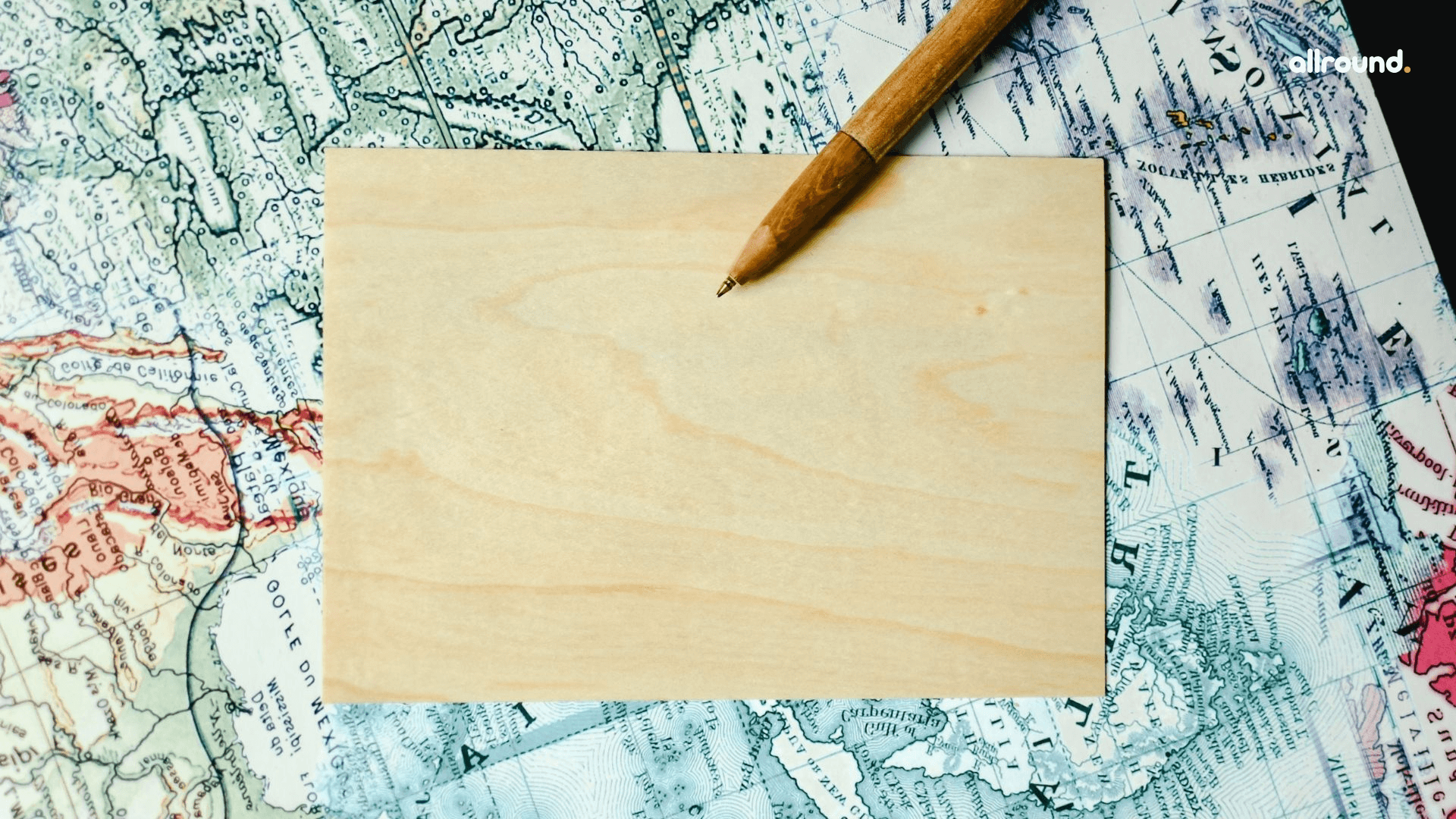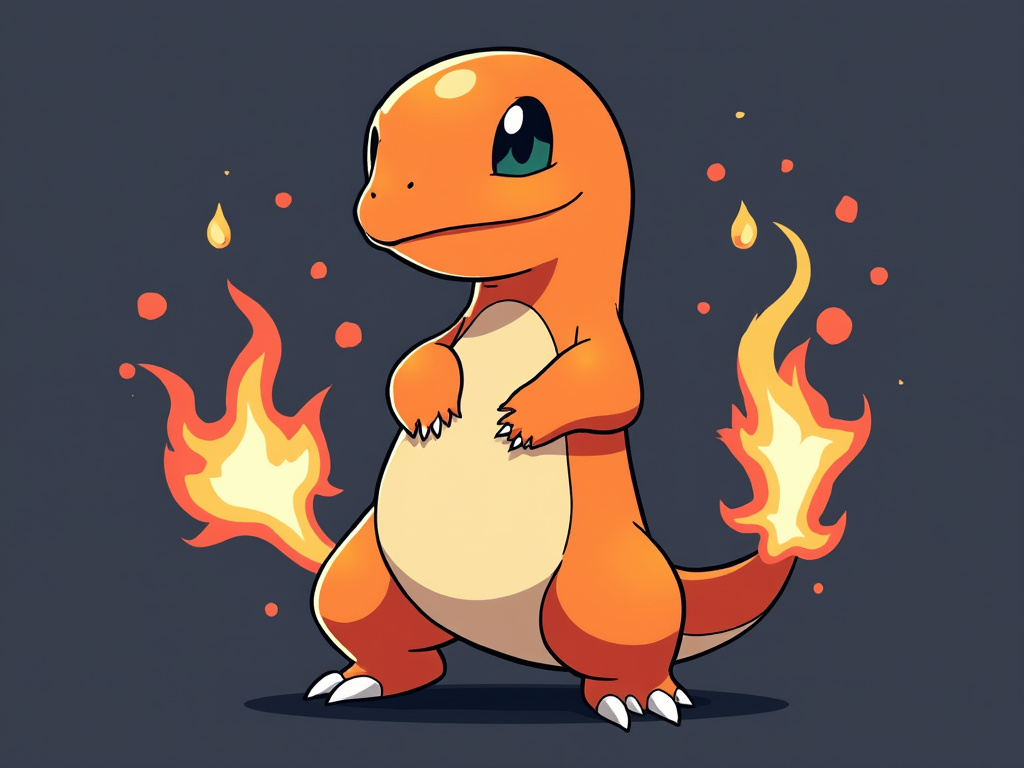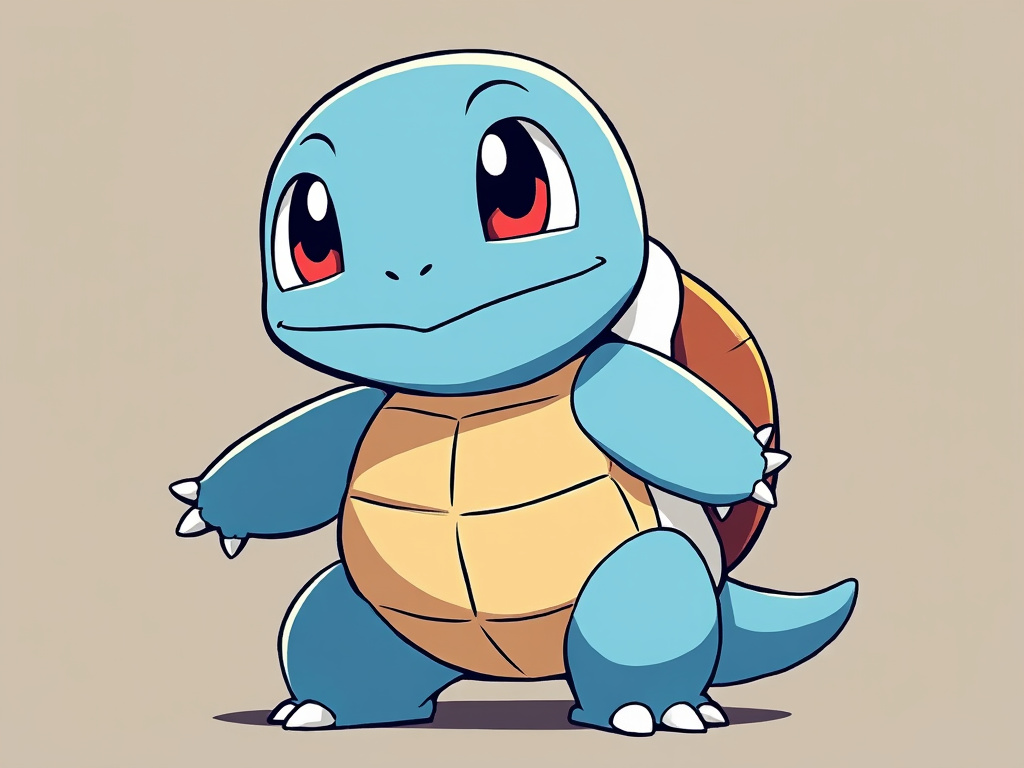How to make a puzzle map?5 min read
Education is an integral part of one’s life. It not only helps them to distinguish between what’s right and wrong but also gives one an overview of the society, the world and the people around them. It provides one with an understanding of different and diverse traditions, cultures and a little peek into a foreign sphere. It allows one to be more inclusive, accepting and warm towards unfamiliar entities. To make education more fun and experiential, there are various ways in which parents/ guardians can invent activities to ensure children’s active participation by giving them hands-on experience. One such activity is “puzzle maps”, which are a simple representation of the world on paper. It permits the child to see, analyze, hold and trace sections of the world in order to identify every terrain and continent in the world. It’s no less than a wonder for a kid and will surely make them more excited about those monotonous Geography lessons and open their mind to new ways and possibilities.
Contents
How to make it?
Objectives
- Children will review and examine world/ Indian geography as they create a jigsaw puzzle from a map of the world/ map of India
- This will make the students familiar with the locations, names, capitals and interesting facts about the place.
Supplies for making a puzzle map
- Paper (A4 size or cardstock)
- Thin cardboard such as a cereal box or cardboard sheets
- A pair of scissors
- Craft brush or sponge
- Mod podge or Fevicol
- Online map of India or any other country in the world or online source for a printable world map.
- Cellophane
- Tape
Procedure
1. Print the map
Pick an outline map for the area or zone one is studying, and print the map onto a sheet of paper.
2. Glue time
Apply a thin coat of mod podge or fevicol whatever is available to the cardboard surface by using either the brush or the sponge.
3. Paste the map
This step involves placing the map on the fevicol ridden surface and smoothening it out, in an attempt to remove all the air bubbles. Let it dry for a while, preferably, for 3+ hours. (little tip: to keep some heavy books over the paper to keep it even and unwrinkled while drying.)
4. Scissor time
Cut the map along the boundary lines.
Optional: color different regions of the map, for instance- Kashmir can be colored in Blue while Rajasthan can be Yellow. This will make the puzzle more appealing and exciting.
4. Put cellophane
With the purpose of preserving the map and using it for a long while, put cellophane all over the map and finally seal it with tape.
This isn’t just one of those lazy Sunday afternoon activities but it can be a really educational and engaging experience for the kids. It will instill core values in them like independence, time management, confidence, self-sufficiency, responsibility, teamwork, patience and appreciation for the little things in life. It will also allow the parent/ guardian to take out time from their busy schedule and spend some quality time with their little ones as well as embrace their inner child. A fun bonding activity with lots of information and scholastic knowledge sounds like the quintessential day for both the kids and the parents.
Benefits of puzzles for child development
1. Concentration- It’s a common occurrence, to have a short attention span among kids. According to research, one can expect a child to concentrate about 2-5 times their age. So if the little one is 5 years old then he/she can only be attentive for about 10-25 minutes. However, puzzles are a great learning tool to increase one’s focus and concentration. Interesting puzzles would sustain the children’s attention and get them busy assembling all the pieces.
2. Spatial awareness- It is knowing and being able to understand the relationship between your body with other objects or people in space. For instance- when a child of say 3-4 years tries to fit their feet in your slipper which is clearly too big for him/ her. You can easily see that the slippers are huge for them but they only get to know this when they’ve tried fitting in it. Puzzles are a brilliant way to build spatial awareness as it requires the kid to identify different shapes, sizes and colors. They must attempt to fit the pieces one by one, gradually they learn to do this mentally instead of trial and error. Scholars from the University of Chicago have confirmed this theory by saying, younger children who played with puzzles improved their spatial perception much more than those who didn’t.
3. Enhanced motor ability- Children are very clumsy, they can’t hold anything for 5 minutes without dropping it. This is because their motor skills are still developing. Motor skills include everything from sitting, crawling, running, walking, etc. This ability requires kids a lot of practice to accurately hold objects or to simply hone their motor movements. This is exactly what happens when kids start solving puzzles, it requires them to carefully think and place together with the various pieces in such a way that it becomes whole.
4. Problem-solving skills- Problem-solving is an integral skill in one’s life. It doesn’t only come in handy when you’re young but it’s a lifelong skill. Putting a basic puzzle together is a simple yet effective problem. It needs the kid to identify the pieces and assemble them to see if they fit together or not. Hence, solving the issue. The parents can even guide the children at first on how to look for solutions. They can teach them to identify the edge pieces first or look for patterns and color, so if there’s a Yellow chunk of a region they should look for other similar pieces to make it a whole and so on.
5. Language and facts- The best part about a map puzzle is that the children don’t only identify but they can also do some extension activities which will make the learning more intensive and enjoyable. For example- after the puzzle is complete, one can bring up some facts about the place, it can be anything ranging from climate to even some of the most famous spots there, or one can always plug in a little History lesson and explain about the historical importance of that region, architectures and famines anything really. Chances are that the kid might not remember all the heavy words and information but they will surely retain something or the other.





